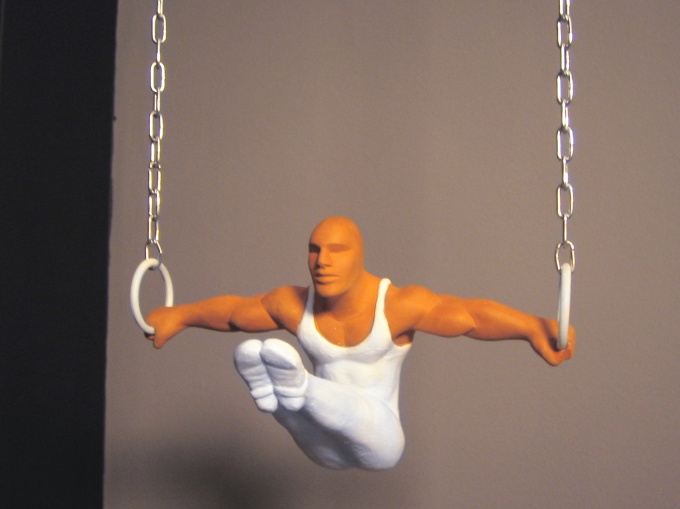Instruction
1
The first thing to understand is that pain, especially occurring after a few hours (or even days) after exercise-induced appearance of microscopic tears (wounds) in muscle fibers. These micro-injuries encourage the body to step up their internal security forces to actively produce hormones that stimulate healing and inhibit inflammation. Under their action in muscle is enhanced by the division of the protein cells. In the end, the muscle adds volume and weight. As you can see, lactic acid is here yet nothing to do with it.
Another thing, if you feel pain, either during exercise or immediately at its end - then the cause is likely to do is lactic acid.
Another thing, if you feel pain, either during exercise or immediately at its end - then the cause is likely to do is lactic acid.
2
So what is the lactic acid that accumulates in our body during exercise? This substance is a product of glycolysis - the breakdown of glucose and glycogen. This product - lactic acid - the cells of muscle fibers are used as the energy fuel for their cuts.
3
The pain and fatigue of muscles is caused by breakdown products of the most of lactic acid is hydrogen ions, which reduce the overall acid-alkaline balance of the body. It is logical that the more intense and sudden load put on your muscles during the shock phase workout, the more the body produces lactic acid, and products of its decay. Based on the fact that the allocation of hydrogen ions the blood of the athlete "zakislate", one of the recommendations to restore the acid-alkaline balance may be the use of alkaline mineral water.
4
There is another (more efficient) way of getting rid of the pain of this origin. Often athletes build their training on the principle of warm-up + main (shock) phase. But in order for the decay products of lactic acid remained in the body as little as possible, you need to take them out. And this will help you not passive activities such as rest and relaxation, and moderate smooth the load on your tired muscles - a leisurely Cycling, running, swimming, stretching. This kind of activity can be attributed to a kind of (mandatory!) "hitch" after a workout. Of less effective, but more enjoyable methods of getting rid of excess lactic acid, and more specifically, from products of its decay, you can use massage, warm bath or sauna.
Useful advice
If you feel muscle pain during or immediately after exercise, and the ability to run or swim not, as "hitch, do a few stretching exercises with deep breathing through the diaphragm - abdomen.



